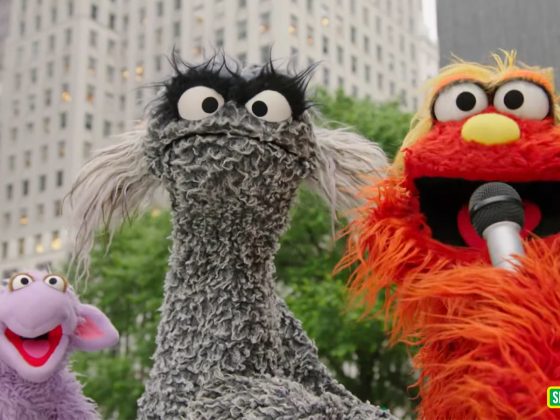
Feelings Have Names
This video features a game Murray hosts to help us identify emotions and feelings with an array of our favorite Sesame Street characters.
- Watch the video and ask kids to use their faces and bodies to show some different emotions (happy, sad, excited, angry, anxious, grouchy, relaxed).
- Guess which emotions kids are showing. Say how you know: “I think you’re really happy because of the big smile on your face!” or “I think you’re grouchy because you pushed your eyebrows down and crossed your arms.” As you play, kids will be learning the signs and names of different emotions, which will help them talk about their feelings later on.
- Any time you can, name your emotions for kids to show them how to do it. For example, if you’re waiting in a long line at the store, you might say, “I’m feeling impatient right now because there’s a long wait, and we’re in a hurry.” Tell kids what you do when you feel that way, for example: “When I’m feeling impatient, I take three deep breaths.” Ask kids how they’re feeling, and have them try a way of working with that emotion.
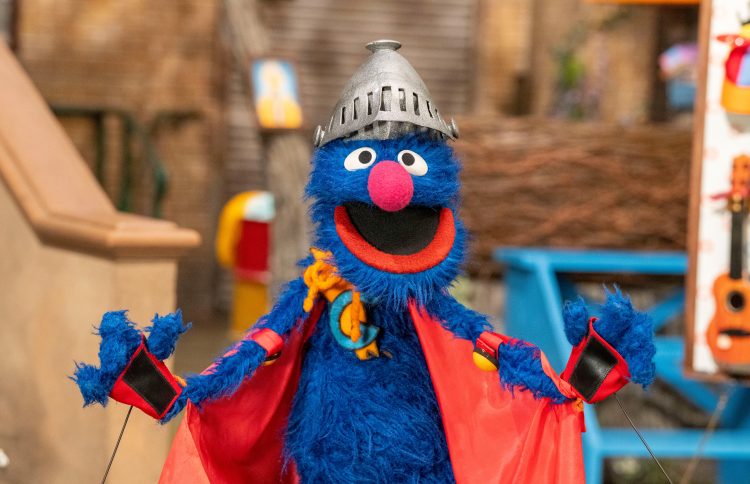
Watch and Play: Grover's Super Suitycase
Watch this episode and explore ways to extend the learning at home.
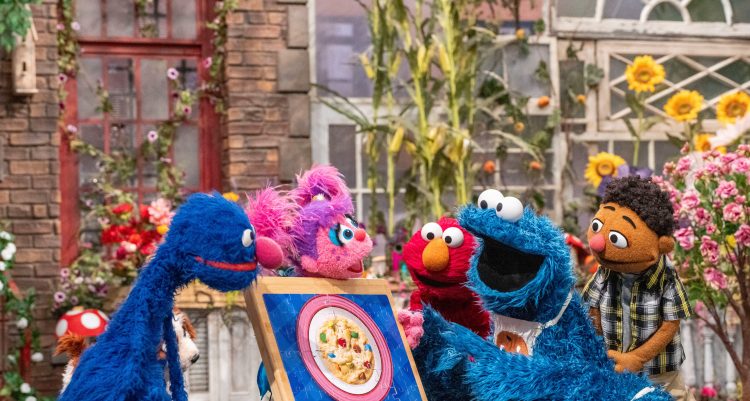
Watch and Play: Cookie Monster's Big Puzzle
Watch this episode and explore ways to extend the learning at home.
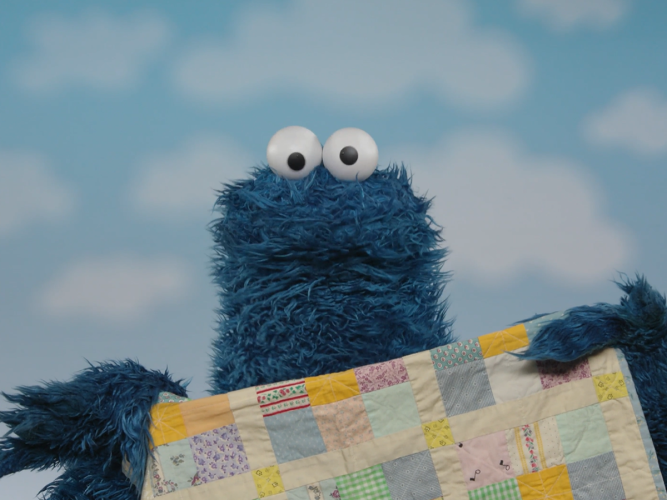
Cookie Monster’s Beach Day
When children are in the hospital, their imagination can become a valuable tool in soothing themselves.

Monster Meltdown
Meltdowns happen… but they are somewhat predictable! As you try to handle them, curiosity and patience go a long way.
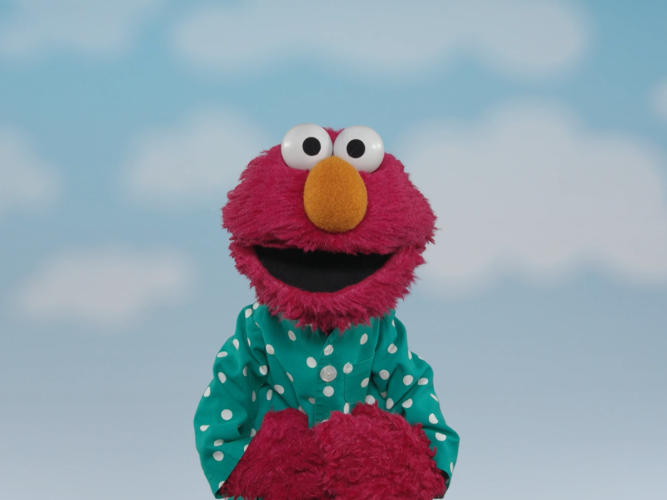
Listen, Feel, and See with Elmo
When children are in the hospital, this mindfulness game can help them soothe themselves.
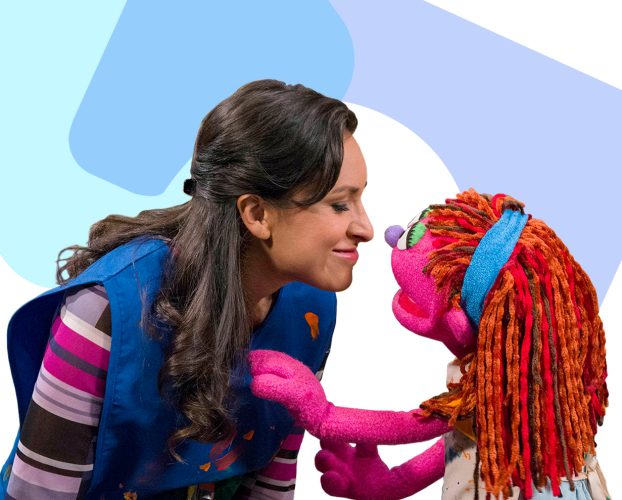
Creating Safety and a Sense of Home
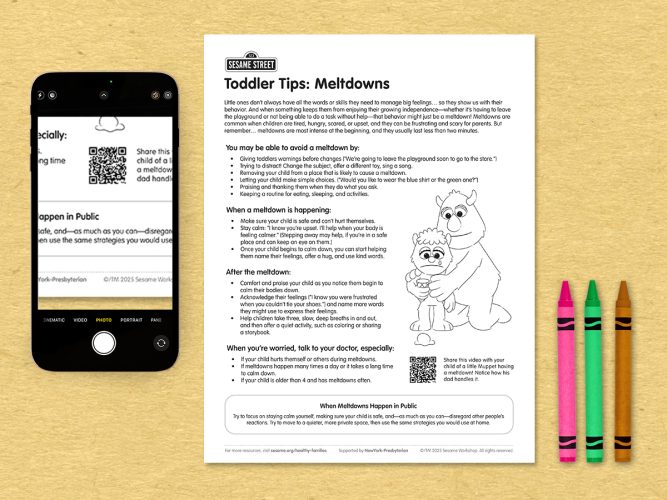
Toddler Tips: Meltdowns
Strategies for during and after a meltdown…and even some ways meltdowns might be avoided.
